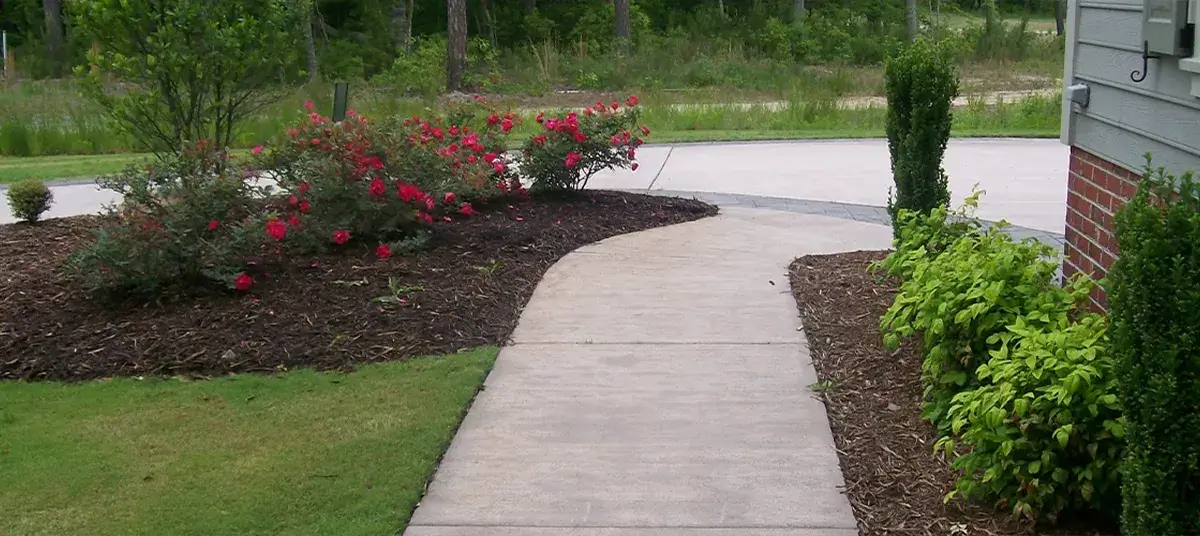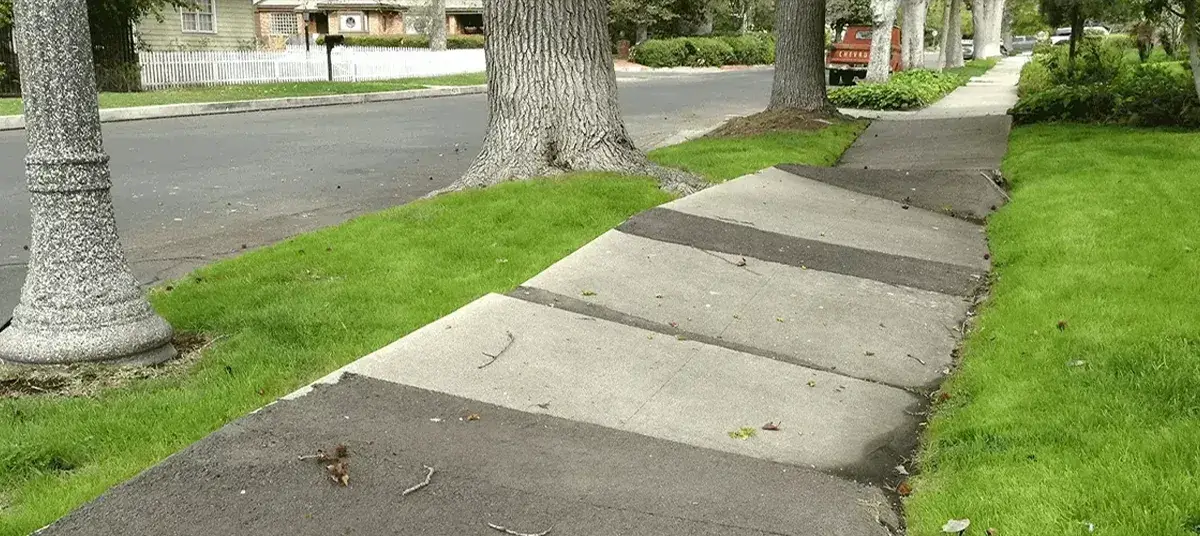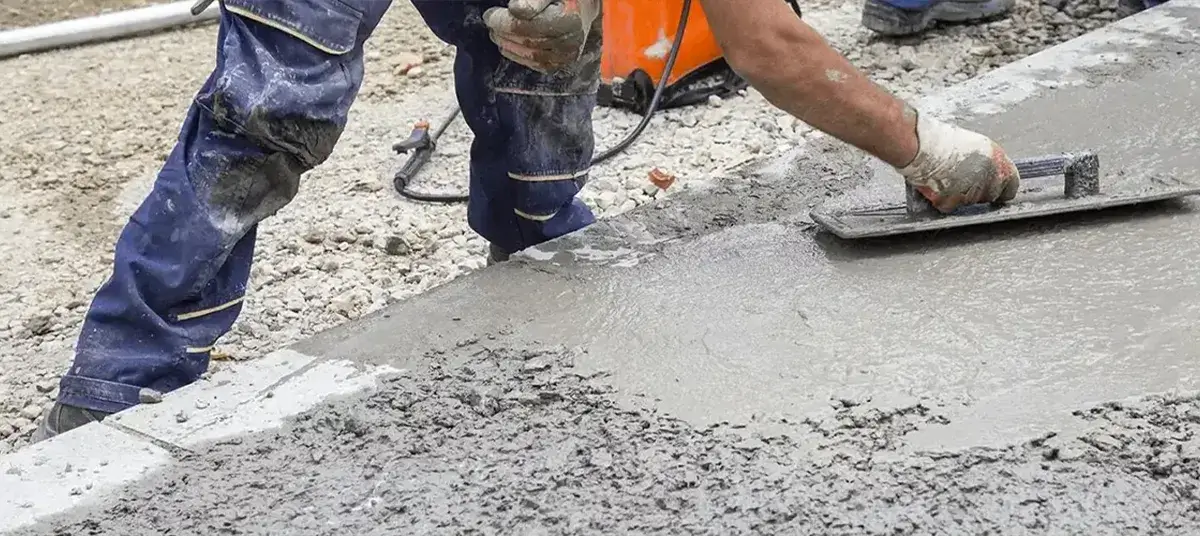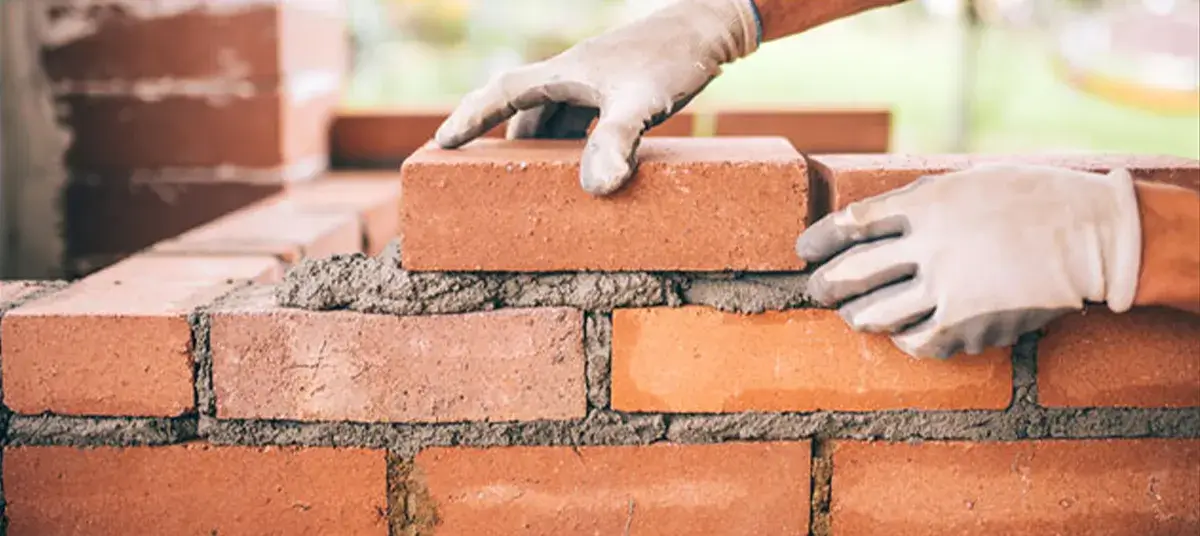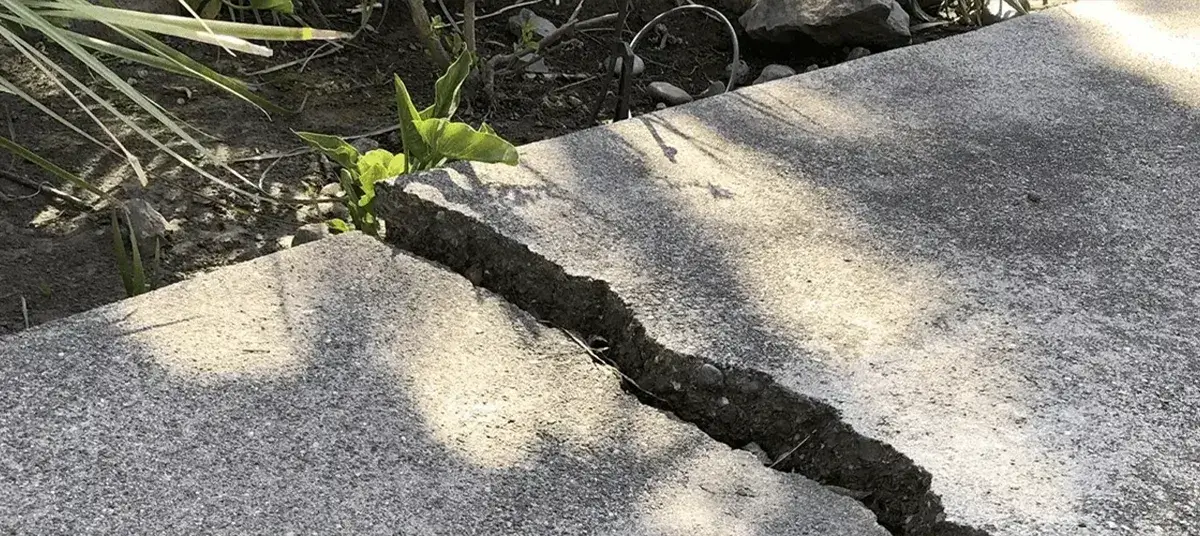The Most Common Signs of Stucco Water Damage for Homeowners
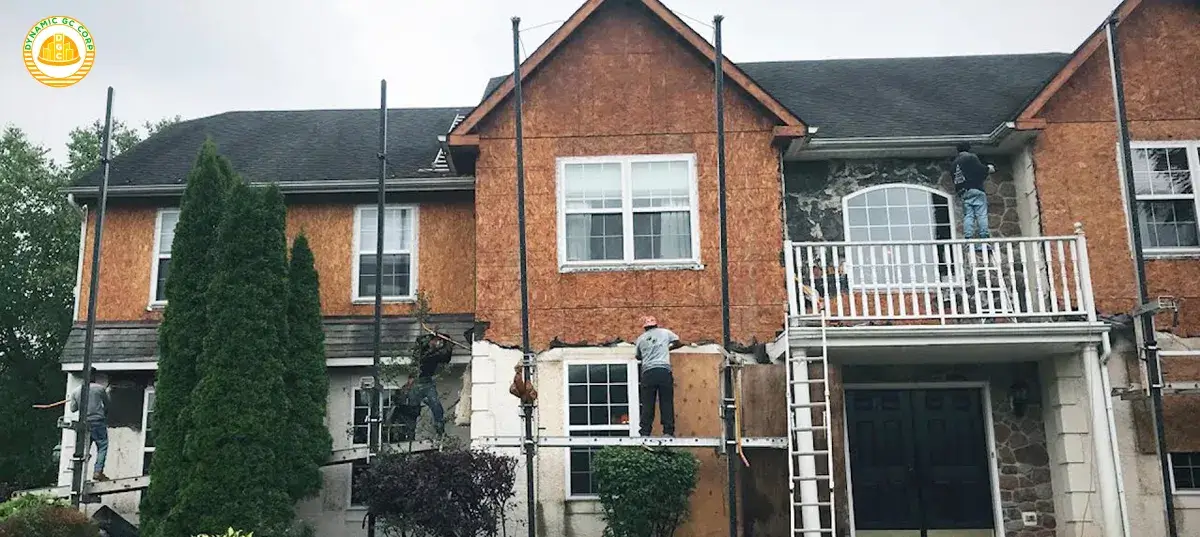
Stucco is a popular choice for the exterior finish of homes due to its durability and aesthetic appeal. However, like any building material, stucco is vulnerable to water damage, which can compromise its structural integrity and appearance. As a homeowner, it is essential to be able to recognize the signs of water damage in stucco so that you can address the issue promptly and prevent further deterioration.
Signs of Water Damage
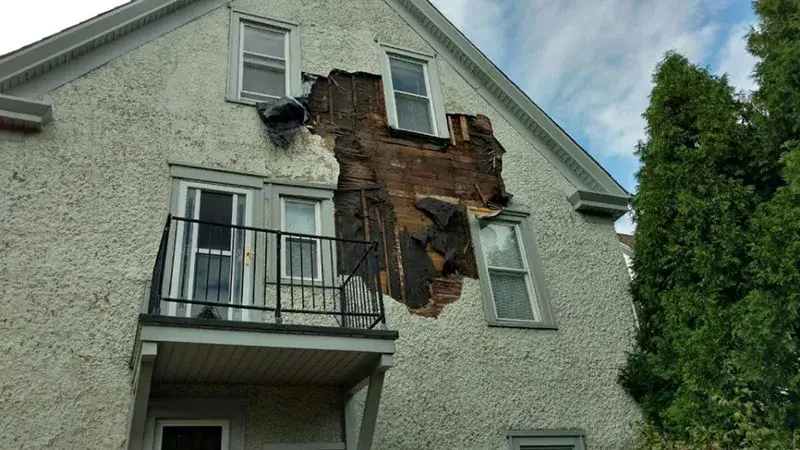
1. Cracks in the stucco
- Vertical or diagonal cracks extend through the stucco surface.
- Cracks that are wider than hairline size or show signs of widening over time.
- Multiple cracks clustered in specific areas, indicating underlying water damage.
2. Discoloration and stains on the stucco surface
- Dark spots or patches on the stucco that differ from the surrounding area.
- Stains that may appear yellow, brown, or greenish in color.
- Discoloration that does not fade or disappear over time.
3. Mold or mildew growth on the stucco
- Fuzzy or powdery patches of black, green, or brown mold on the stucco.
- Musty odor accompanying the presence of mold or mildew.
- Mold growth that persists despite cleaning or treatment.
4. Water stains or streaks
- Visible water streaks run down the stucco.
- Darkened or discolored areas indicate water runoff or pooling.
- Stains that increase in size or intensity after rainfall or water exposure.
5. Fungal growth or vegetation
- Moss, algae, or other vegetation growing on the stucco.
- Green or fuzzy patches indicating prolonged moisture presence.
- Signs of plant roots penetrating the stucco surface.
Interior Signs of Water Damage
1. Water stains or discoloration on interior walls near stucco
- Yellowish or brownish stains appear on walls adjacent to the stucco.
- Discoloration may spread or darken over time.
- Stains that are soft to the touch or feel damp.
2. Peeling or bubbling of paint or wallpaper
- Paint or wallpaper that begins to bubble or peel away from the walls.
- Blistering or bulging of the paint or wallpaper surface.
- Evidence of moisture or water trapped beneath the surface.
3. Musty odors or increased humidity indoors
- Unpleasant, musty smell in certain areas of the home.
- Lingering odors persist even with proper ventilation.
- Noticeable increase in humidity levels within the home.
4. Damp or wet carpets or flooring
- Carpets that feel damp to the touch or emit a moldy smell.
- Flooring materials like wood or laminate show signs of warping or buckling.
- Presence of visible water stains or discoloration on the floor.
5. Mold or mildew growth on interior surfaces
- Black or greenish patches of mold or mildew on walls or ceilings.
- Fuzzy or powdery texture accompanied by a distinct odor.
- Mold growth that persists despite regular cleaning or treatment.
- Water dripping or water stains on ceilings or light fixtures
Steps to Address Water Damage
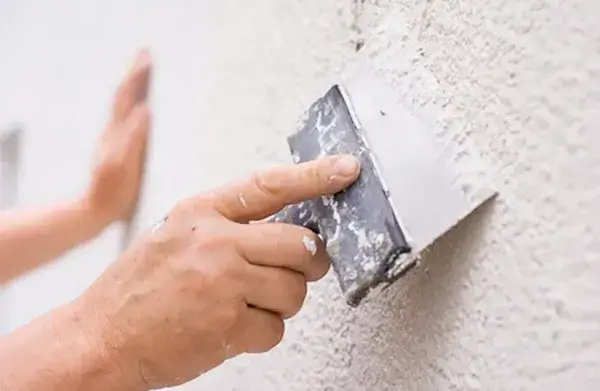
1. Consultation with a professional contractor or inspector
- Seek the expertise of a qualified contractor experienced in stucco and water damage repairs.
- Schedule a thorough inspection of the water-damaged stucco to assess the extent of the damage and identify the underlying cause.
2. Identifying and repairing the source of water intrusion
- Determine the source of water infiltration, such as leaking windows, damaged flashing, or plumbing leaks.
- Address the underlying issue by repairing or replacing faulty components to prevent further water damage.
3. Repairing or replacing damaged stucco
- Remove the damaged stucco carefully, ensuring not to cause additional harm to the underlying structure.
- Replace or repair any compromised or deteriorated materials, including sheathing, lath, or insulation.
- Install new stucco layers following proper techniques and materials to ensure a durable and watertight finish.
4. Preventative measures to avoid future water damage
- Improve drainage systems around the home to redirect water away from the stucco.
- Install or repair proper flashing around windows, doors, and other penetrations to prevent water intrusion.
- Apply high-quality sealants and caulking to seal any gaps or joints in the stucco.
- Regularly inspect and maintain the stucco exterior, promptly addressing any signs of damage or wear.
Conclusion
Water damage in stucco can have significant consequences for homeowners, compromising the structural integrity of their homes and leading to costly repairs. Recognizing the signs of water-damaged stucco is crucial in order to address the issue promptly and prevent further damage. Visual signs such as discoloration, peeling or bubbling, mold growth, efflorescence, and water stains on the stucco surface indicate the presence of moisture and potential water damage. Are you ready for residential and commercial stucco construction? Contact Dynamic GC Corp our team of professional stucco constructors offer top-quality craftsmanship and personalized service to bring your vision to life.




